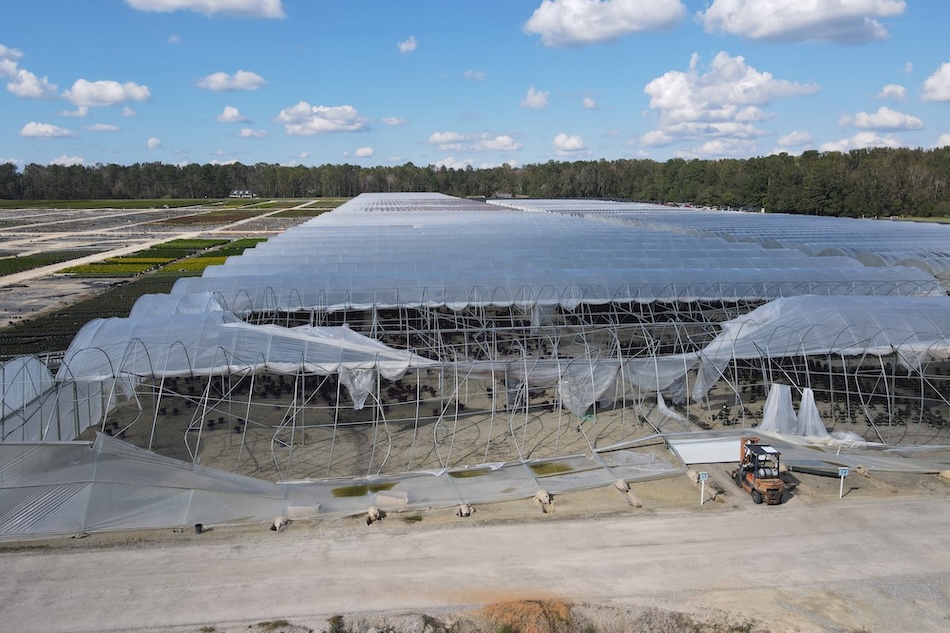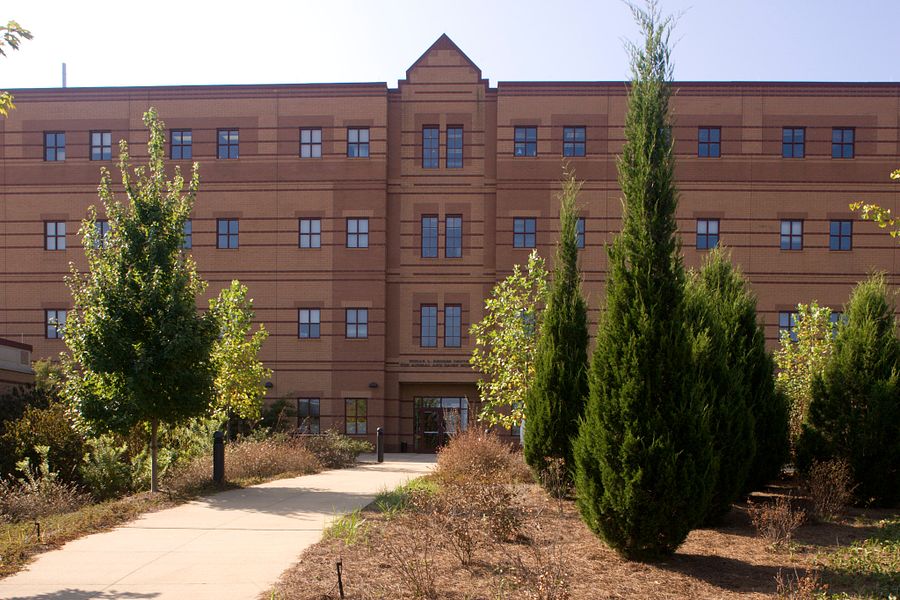By Pam Knox
University of Georgia
Temperatures during the month swung from cold to warm and back again as a series of fronts moved through the region, bringing Arctic and Gulf of Mexico air by turns into the state. These swings were consistent with the weather patterns expected during the neutral El Nino-Southern Oscillation phase, which was present at the beginning of the month.
There were two temperature records tied or set last month. Alma tied a low temperature of 23 F on the Jan. 16. Columbus set a new high temperature of 75 F on January 6.
The northwest corner received above normal precipitation. Rome reported a 24-hour total of 5.06 inches on Jan. 6 alone. It received 7.42 inches in total during the month, compared to a normal of 5.47 inches. However, rainfall for most of the state was below average.
Atlanta reported 2.88 inches (or 2.15 inches below normal); Athens reported 2.70 inches (1.99 below normal); Columbus 2.49 inches (2.29 below normal); Macon 1.34 inches (3.66 below normal); Savannah 1.02 inches (2.93 below normal); Alma 1.47 inches (3.36 below normal); Brunswick 1.83 inches (2.03 below normal); and Augusta 1.52 inches (2.98 below normal).
In some parts of southwest Georgia, rainfall was as much as 5 inches below normal.
Drought conditions expanded last month slightly in the east and along the coast.
The most active weather event in January was a strong frontal passage on January 5-6. It brought the first two tornadoes of the year. One was located near Chattoogaville in northwest Georgia, the other near Forsyth south of Atlanta. Both were small local tornadoes which did only minor damage to roofs and trees and destroyed one mobile home.
A number of high-wind reports were also received from this frontal passage in southwest Georgia.
The rainfall from the effects of the Gulf of Mexico low that rode up the front caused localized flooding in northern Georgia along some streams and caused water to almost overflow several small dams. However, stream flows fell quickly once the pulse of rainfall moved through the system, reflecting the continuing dry conditions.
Cold temperatures in the second half of January slowed field work across the state. Farmers were concerned with the slow growth of forage and small grains.
Blueberries in bloom in southern Georgia were damaged by low temperatures Jan. 21-23, as well as breakage due to the weight of water sprayed on the bushes, a practice farmers do to reduce the effects of freezing air.
For more Georgia weather information, go to the Web site http://climate.engr.uga.edu.






